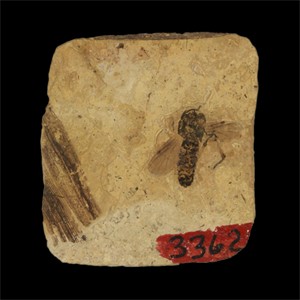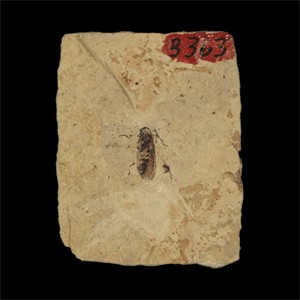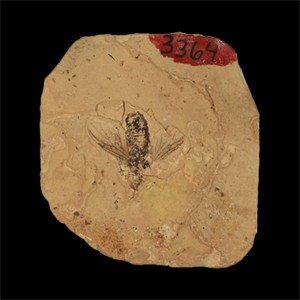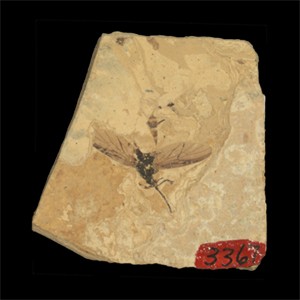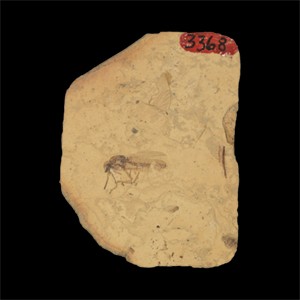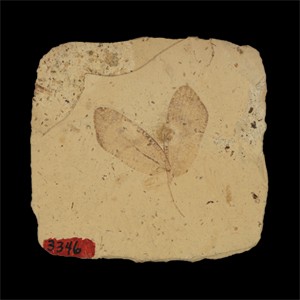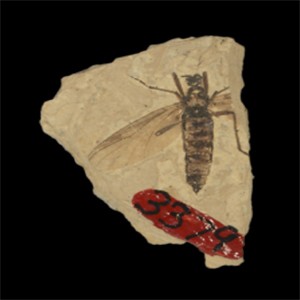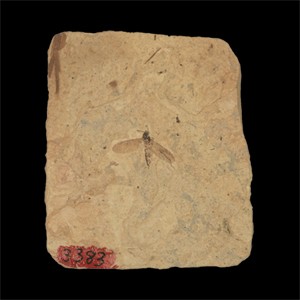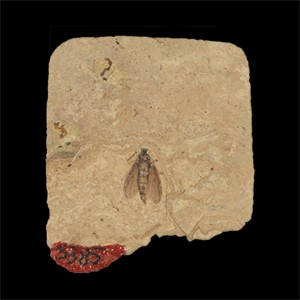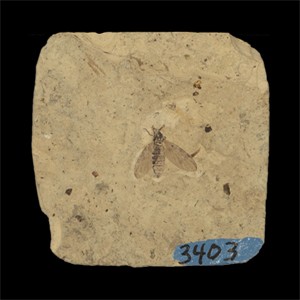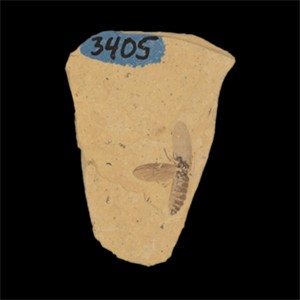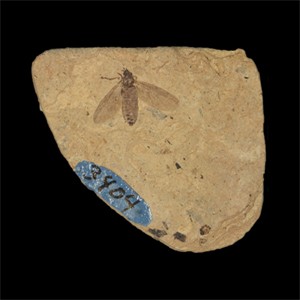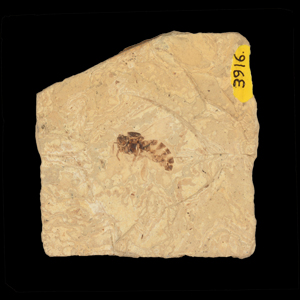Georg Statz
Georg Statz (1894-1945) was a schoolteacher during the day and amateur scientist in his spare time, building a magnificent collection of insect, arachnid, and plant fossils during yearly vacations with his family near the Siebengebirge mountains (“Rott am Siebengebirge”, near the present-day town of Hennef, Germany). Realizing that a lack of academic training limited his opportunities to describe these fossils Georg Statz went back to
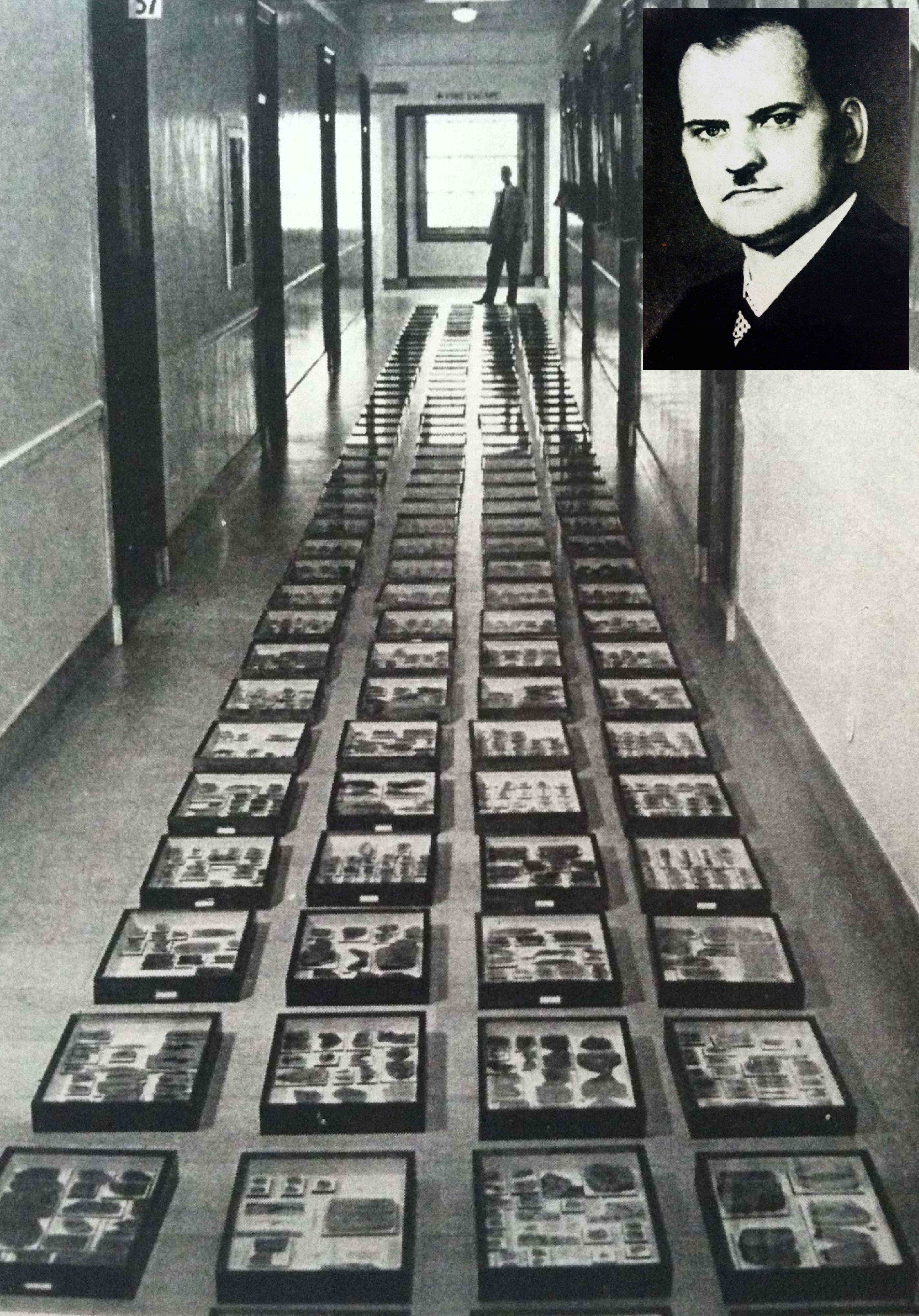
Arrival of the Statz Collection to the NHMLAC
school to the University of Cologne (1925-1930), and in 1940 was recognized with an honorary doctorate. He continued his research throughout WWII as bombs fell around him, eventually reducing Cologne to ruins. A direct hit destroyed his house in 1944 and reluctantly he left for Bavaria, but not before finding safe haven for his collection in the cellars of the Geological Institute. Following the war the Statz family began the journey back to Cologne to rebuild their lives. Unfortunately the war-weakened Georg Statz did not make it, succumbing to illness on route. Before he passed away Statz learned that his collection had indeed survived the war, and this brought him great happiness. His daughter wrote that “His collection, after all, was his whole life”.
Fred Truxal, former curator of the Entomology collection at the Natural History Museum of Los Angeles County once said: “You could look at all those beautiful specimens, meticulously classified and described, and think, ‘What a cold, scientific mind it must have taken to do all this painstaking work’. Nothing could be farther from the truth. To me, Statz was a poet.”
Indeed, Georg Statz was a poet of sorts. He concluded his monograph on bees of the Rott Formation as follows: “Even if during the lifetime of these children of the sun no man’s eye or ear could feast itself on their busy labors, it is as though the beholder of their fossilized remains even today perceives, ever so gently as from a great distance, the humming of the bees, the rustling of the leaves, and the scent of the flowers of the lignite forests…”
Following his death, the collection was transported to northern Africa for safe keeping, and from there Georg Statz’ family sought a home for their fathers beloved collection. The Natural History Museum of Los Angeles County hosts some 7,500 specimens of insects from this collection; some material remains in European institutions. Georg Statz personally described more than 300 species, including leafhoppers, stinkbugs, sawflies, wasps, dung beetles, diving beetles, scarab beetles, midges, march flies, crane flies, gnats, love bugs, caddisflies, damselflies, crickets, earwigs, termites, and cockroaches! Many of these type specimens are preserved in the Invertebrate Paleontology collections of the Natural History Museum of Los Angeles County. Here are a few examples.
Insects of the Georg Statz collection
Relevant literature
M. Hauser and E. M. Fisher. 2007. The identity of the fossil Psilocephala tarsalis (Statz, 1940) (Diptera: Asiloidea). Zootaxa 1465:65-68.
F. T. Krell. 1990. Onthophagus statzi nom. nov. für Onthophagus muelleri Statz, 1952 [Insecta: Coleoptera: Scarabaeidae (Oligozän)]. Senckenbergiana Lethaea 71:187.
T. C. Maa. 1966. Redescription of the fossil Ornithomya rottensis (Statz) (Diptera: Hippoboscidae). Pacific Insects Monograph 10:3-9.
G. V. Nikolajev. 2006. On the taxonomic status of the upper Oligocene genus Ceruchites Statz (Coleoptera, Lucanidae). Euroasian Entomological Journal 5:133-134.
E. Schmidt. 1958. Bemerkungen über Lestiden III (Odonata). Über Oligolestes grandis (Statz 1935) und eine neue Lestes-Art aus dem Mittel-Oligozän von Rott im Siebengebirge. Decheniana 111:1-7.
G. Statz. 1936. Ueber alte und neue fossile Hymenopterenfunde aus den Tertiaren Ablagerungen von Rott am Siebengebirge. Decheniana 93:256-312.
G. Statz. 1936. Ueber neue funde von Neuropteren, Panaporten und Trichopteren aus den Tertiaren schiesfern von Rott am siebengebirge. Decheniana 93:208-255.
G. Statz and A. Horion. 1937. Ein fossiler Ptiliidenfund aus den mitteloligocane Ablagerungen von Rott am Siebengebirge. Entomologische Blatter 33:8-10.
G. Statz. 1938. Neue Funde parasitischer Hymenopteren aus dem Tertiar von Rott am Siebengebirge. Decheniana 98A:71-144.
G. Statz. 1939. Geradflügler und Wasserkäfer der oligocänen Ablagerungen von Rott. Decheniana99A:1-102.
G. Statz. 1940. Neue Dipteren (Brachycera et Cyclorhapha) aus dem Oberoligozän von Rott. Palaeontographica Abteilung A 91:120-174.
G. Statz. 1943. Neue Dipteren (Nematocera) aus dem Oberoligocan von Rott. 1. Familie Bibionidae (Haarmucken). Palaeontographica Abteilung A 95:1-65.
G. Statz. 1944. Neue Dipteren (Nematocera) aus dem Oberoligocan von Rott. 2. Familie Fungivoridae (Pilzmuchen). Palaeontographica Abteilung A 95:67-92.
G. Statz. 1944. Neue Dipteren (Nematocera) aus dem Oberoligocan von Rott. 1. Teil 6. Familie: Tendipedidae (Zuck- oder Schwarmmucken). 2. Teil 7. Familie: Heleidae (Gnitzen) 3. Teil 8. Familie: Lycoriidae (Trauermucken). Palaeontographica Abteilung A 95:122-187.
G. Statz. 1944. Neue Dipteren (Nematocera) aus dem Oberoligocän von Rott. III. Familie Limnobiidae (Stelzmücken). IV. Familie Tipulidae (Schnaken). V. Familie Culicidae (Stechmücken). Palaeontographica Abteilung A 95:93-120.
G. Statz. 1950. Cicadariae (Zikaden) aus den Oberoligocanen Ablagerungen von Rott. Palaeontographica Abteilung A 98:1-46.
G. Statz. 1950. Alte und neue Hydrocorisae (Wasserwanzen) aus dem Oberoligocan von Rott. Palaeontographica Abteilung A 98:47-96.
G. Statz and E. Wagner. 1950. Geocorisae (Landwanzen) aus den Oberoligocanen Ablagerungen von Rott. Palaeontographica Abteilung A 98:97-136.
G. Statz. 1952. Fossile Mordellidae und Lamellicornia (Coleoptera) aus dem Oberoligozan von Rott. Palaeontographica Abteilung A 102:1-17.

